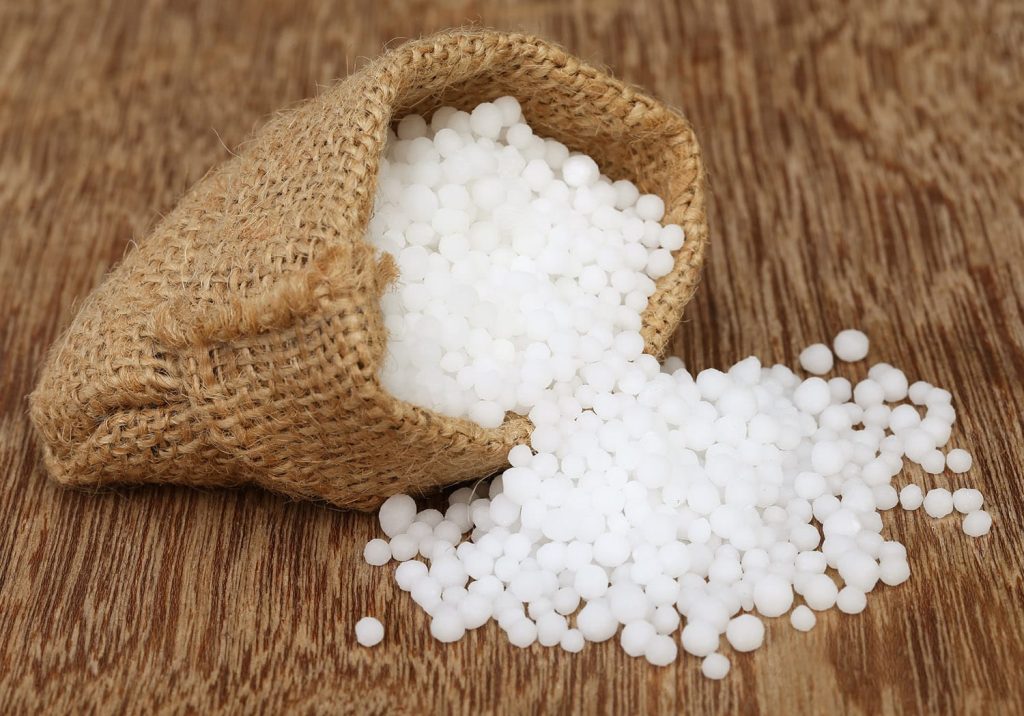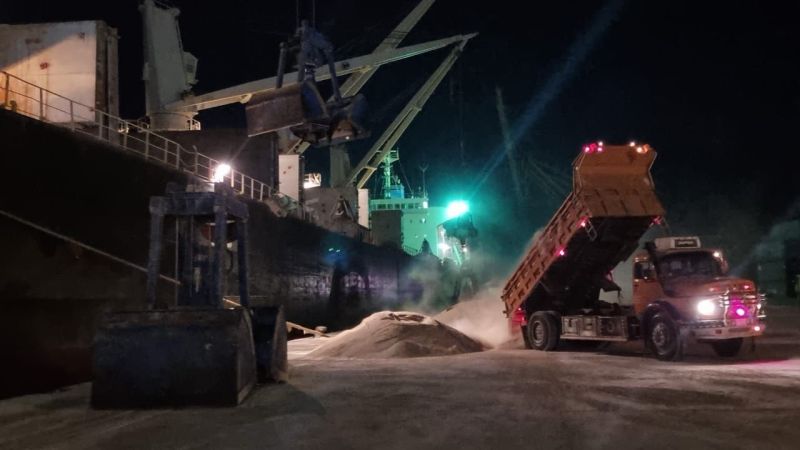Introduction
Embark on a journey through the intricate world of urea fertilizers, the lifeblood of modern agriculture. Explore the landscapes of major producing countries like the industrial juggernaut China, the resource-rich Russia, the agricultural powerhouse India, and the energy-abundant Middle East. Join us as we unravel the complexities of pricing dynamics and delve into the quality nuances that shape the very fabric of this essential agricultural input.
1. Urea Producers
production capacity and technological prowess, stands tall as a titan in the urea fertilizer production arena. Russia, endowed with vast natural resources, plays a pivotal role alongside India, contributing significantly to global supply. Meanwhile, the Middle East, harnessing abundant natural gas reserves, emerges as a key player in the synthesis of this critical agricultural commodity.
1. China
– Production Capacity: China stands as the world’s largest producer of this material, boasting a substantial production capacity driven by its robust industrial infrastructure.
– Technological Advancements: The country has invested heavily in advanced production technologies, enhancing efficiency and contributing to a dominant position in the global urea market.
– Global Exporter: Beyond meeting domestic demand, China plays a significant role in global trade, exporting substantial volumes to various regions.
2. Russia
– Natural Gas Reserves: Russia’s urea production is closely tied to its vast natural gas reserves, a key feedstock it. The country leverages this resource to maintain a strong position in global production.
– Strategic Importance: Russia’s strategic geographical location and resource abundance position it as a key player in supplying it to both domestic and international markets.
3. India
– Agricultural Powerhouse: India’s urea production aligns with its status as an agricultural powerhouse. The demand for this kind of fertilizer is substantial due to the country’s large and diverse agricultural sector.
– Domestic Consumption: While India is a significant producer, it also consumes a considerable portion of its urea domestically to support the needs of its extensive farming community.
4. Middle East
– Natural Gas-Driven Production: Countries in the Middle East, such as Iran, utilize their abundant natural gas resources to fuel urea production. This has established the region as a major hub for it.
– Global Trade Hub: With strategic access to key global markets, the Middle East serves as a crucial export hub for this material, contributing to the global supply chain.
Understanding the specific strengths and characteristics of each major producer provides valuable insights into the global urea market landscape. The synergy of technological prowess, resource availability, and strategic positioning propels these nations to the forefront of urea production, shaping the dynamics of the industry on a global scale.
2. Factors Affecting Urea Price
Peer into the kaleidoscope of factors influencing urea prices, where production costs dance to the tune of energy prices and raw material availability. Unravel the geopolitical threads, global demand fluctuations, and the intricate web of currency exchange rates, all weaving together to create the dynamic tapestry that defines urea pricing on the global stage.
1. Urea Production Costs
– Energy Prices: its production is energy-intensive, and thus, fluctuations in energy prices, particularly those of natural gas, significantly impact production costs. Countries with access to affordable energy sources may have a competitive edge in pricing.
2. Raw Material Availability
– Ammonias Prices: Urea is derived from ammonia and carbon dioxide. Variations in ammonia prices, influenced by factors like natural gas prices and ammonia production methods, directly affect its production costs.
3. Geopolitical Dynamics
– Trade Policies: Urea prices are susceptible to geopolitical tensions and trade policies. Changes in export or import regulations, tariffs, and geopolitical instability can disrupt the global supply chain, leading to price fluctuations.
4. Global Demand Fluctuations
– Agricultural Trends: Urea demand is closely tied to global agricultural trends. Shifts in crop patterns, weather conditions, and changes in farming practices can influence demand, impacting prices accordingly.
5. Currency Exchange Rates
– International Trade: Urea is a globally traded commodity, and prices are sensitive to currency exchange rates. Fluctuations in currency values can affect the cost of importing or exporting urea, influencing its final price in different regions.
6. Government Subsidies
– Domestic Policies: Government subsidies and agricultural policies in urea-producing and consuming countries can impact prices. Subsidies may artificially lower prices in certain regions, affecting the overall market dynamics.
7. Market Speculation
– Financial Markets: This material prices can be influenced by speculative activities in financial markets. Traders and investors may react to market perceptions, impacting short-term price movements.
8. Transportation Costs
– Logistics: The cost of transporting urea from production centers to end-users can significantly contribute to the final price. Land, sea, and rail transportation costs, influenced by fuel prices and infrastructure, play a crucial role.
Understanding these multifaceted factors provides a comprehensive view of the forces shaping urea prices. The interplay of energy markets, geopolitical considerations, global demand dynamics, and various external influences creates a dynamic pricing environment for this essential agricultural input.
3. Quality Considerations
Zoom in on the fine details that distinguish urea quality. The production alchemy, adherence to stringent industry standards, and the symphony of technological innovations intricately mold the quality benchmarks for urea fertilizers. Farmers, akin to artisans, can optimize their crop nutrition strategy by understanding these subtleties and tailoring choices to meet specific agricultural needs.
Quality benchmarks for urea producers encompass various aspects of production and characteristics of the final product. Here are key considerations:
1. Purity Levels
• High Nitrogen Content: Urea is valued for its nitrogen content. Producers adhering to high purity levels, often above 99%, contribute to the effectiveness of the fertilizer in promoting plant growth.
2. Biuret Content
• Low Biuret Levels: Biuret is a compound that can be detrimental to crops in excessive amounts. Quality urea should have low biuret levels, typically below 1%, to ensure it does not harm plants.
3. Moisture Content
• Low Moisture Levels: Moisture content affects the storage and handling characteristics of urea. Quality benchmarks require low moisture content, typically below 0.5%, to prevent caking and maintain the integrity of the product.
4. Particle Size Distribution
• Uniform Granule Size: The particle size distribution of urea granules is crucial for even application. Producers adhering to quality benchmarks ensure a uniform granule size, facilitating consistent coverage when applied to crops.
5. Physical Form
• Prilled or Granular Form: Urea is produced in prilled (spherical pellets) or granular form. Quality producers offer urea in a form suitable for the specific application method, whether broadcast spreading or precision placement.
6. Color
• White or Colorless Appearance: High-quality urea typically has a white or colorless appearance. Any discoloration may indicate impurities, affecting the overall quality of the fertilizer.
7. Handling Characteristics
• Free-Flowing: Quality should exhibit good handling characteristics, remaining free-flowing to ease storage, transportation, and application processes.
8. Storage Stability of Urea
• Stable During Storage: Urea should maintain its chemical stability during storage. Quality benchmarks ensure that the product does not degrade or lose efficacy over time.
9. Compliance with Standards
• Meeting Industry Standards: Quality urea producers adhere to industry standards and regulations, demonstrating a commitment to producing a reliable and safe product for agricultural use.
10. Eco-Friendly Practices
• Environmentally Sustainable Production: Some quality benchmarks may include adherence to environmentally sustainable practices during the production of urea, minimizing the ecological impact of manufacturing processes.
These benchmarks collectively contribute to the overall quality of these fertilizers, ensuring that they meet the necessary standards for effectiveness, safety, and environmental sustainability. Farmers and industry stakeholders often rely on these criteria to make informed choices when selecting this material products for their agricultural needs.
Conclusion
As we conclude this odyssey into the world of urea fertilizers, armed with insights from major producing nations, pricing dynamics, quality considerations, regional variations, and recent trends, we invite farmers and industry stakeholders to embrace the knowledge gleaned from this exploration. Proactively engaging with the latest industry reports and insights from specialized publications will not only inform decisions but also empower individuals to navigate the dynamic waves of this fertilizer market with confidence.




